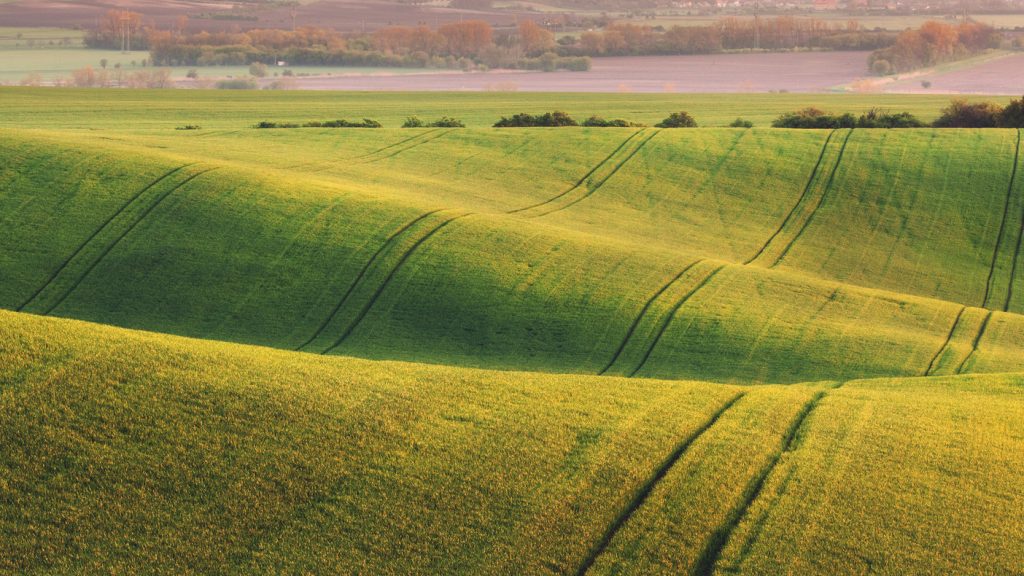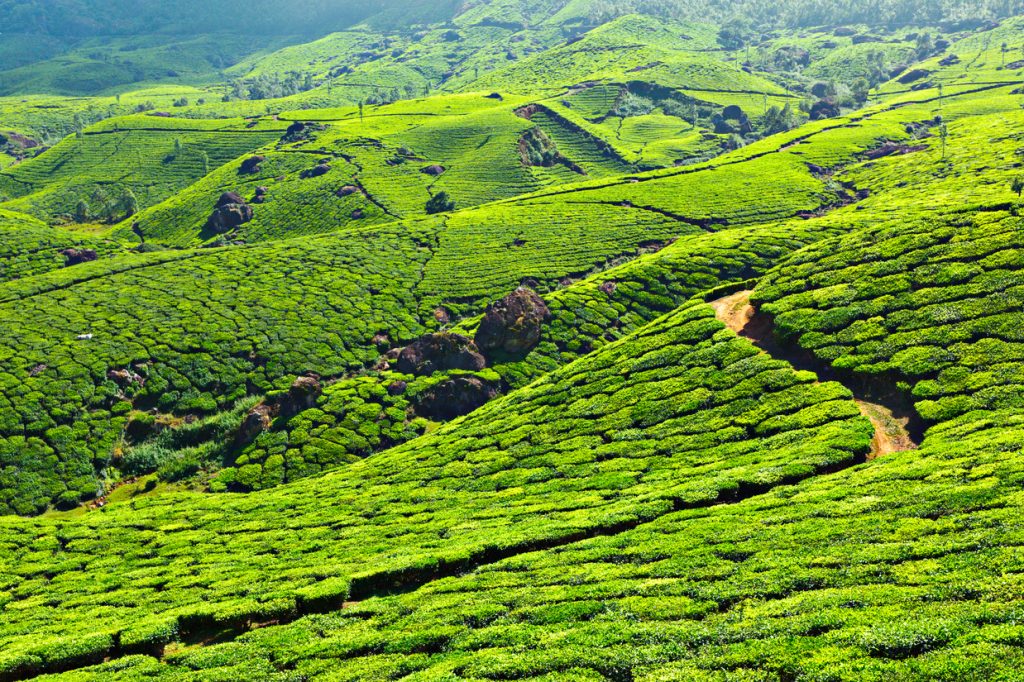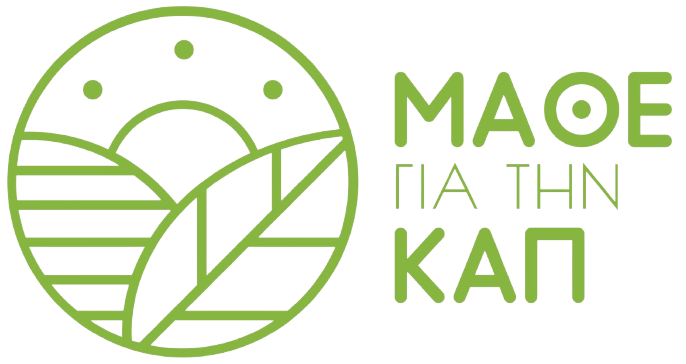THE HISTORY OF THE COMMON AGRICULTURAL POLICY
The Common Agricultural Policy (CAP) is one of the oldest initiatives of united Europe, having as its principal objective to eliminate food shortages and malnutrition within the European population. Launched in 1962, the common agricultural policy of the EU is a partnership between agriculture and society, and between Europe and its farmers.
The Common Agricultural Policy concerns:
- all EU Member-states,
- over 500 million consumers,
- over 22 million farmers and agricultural workers,
- 77% of the extent of the European Union (47% rural areas, 30% forest),
- 28% of the EU population that leaves in rural areas

AIMS OF THE CAP
Recognizing the important role of agriculture in the daily lives of EU citizens, the Common Agricultural Policy:
The CAP in Practice
The CAP supports farmers and rural communities in the following ways.

Income Support (Direct Payments) (Άμεσες Ενισχύσεις)
Farmers receive yearly direct payments to ensure income stability as their income is affected by market price fluctuations, unpredictable weather conditions and the fluctuating costs of production. To receive income support, farmers need to follow strict rules regarding the environment, animal welfare and product safety and traceability.
Market Measures
Market measures aim to deal with situations like the fall in prices or the sudden drop in demand of agricultural products and also promote products in the market. Distribution programs of agricultural products (e.g. milk and fruit) to specific target groups (e.g. in schools) are also implemented, and support is provided to producer organizations that support farmers in making better deals (e.g. in terms of prices) for the allocation of their products to processing undertakings and /or markets.
Rural Development Measures
They refer to farms and small and medium-sized enterprises located in rural areas and they help to modernize farms, increase crop competitiveness and enrich agricultural activities (e.g. investment in agro-tourism units) with the ultimate aim of creating new jobs and renewal of generations in rural areas. Rural development measures also support initiatives by local rural authorities to promote economic development, social cohesion and the revitalization of rural areas. These measures are co-financed by Member States and the EU with the European budget allocated on the basis of specific projects responding to the advantages, opportunities and challenges of the region / Member State concerned.
EU Quality Schemes
EU quality policy emphasizes the high quality of European agricultural products by providing farmers and local communities with a powerful and useful tool that contributes to the preservation and development of rural areas by protecting both traditional knowledge and skills as well as the natural environment which forms the basis for the production of the products listed in the European catalogue. The European Register contains over 1,400 protected food names proving the rich tradition of European agriculture / livestock / processing and the variety of products produced in the EU. Search the full list at the following site:
https://ec.europa.eu/agriculture/quality/door/list.html
